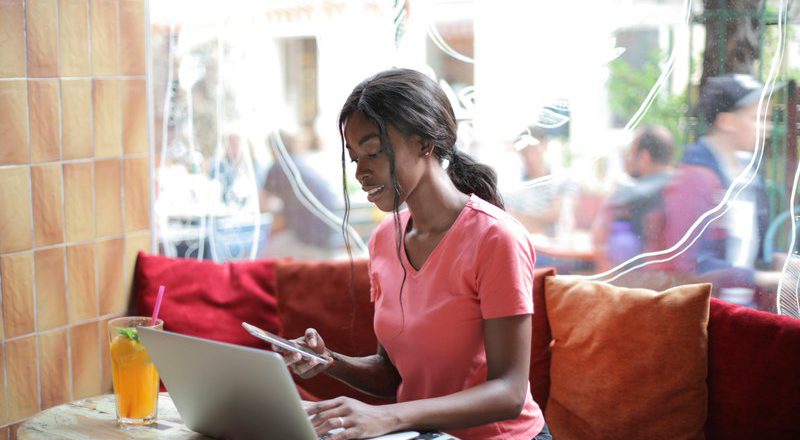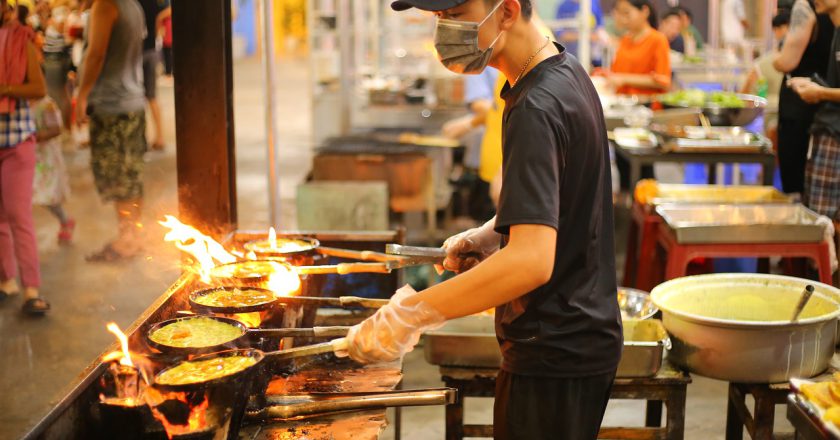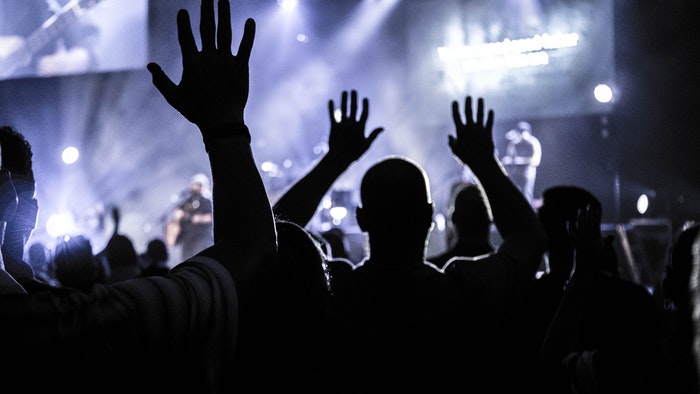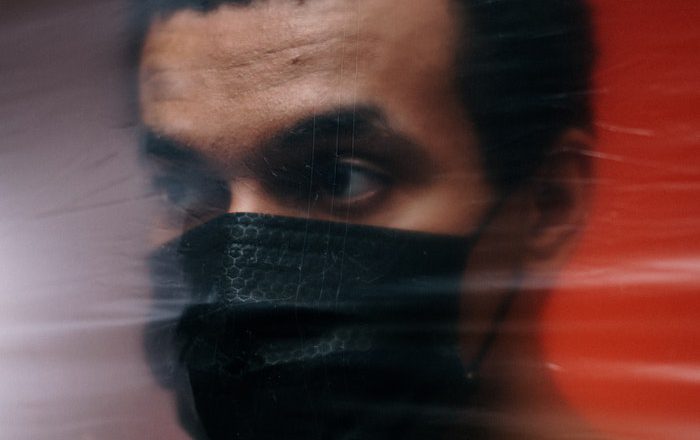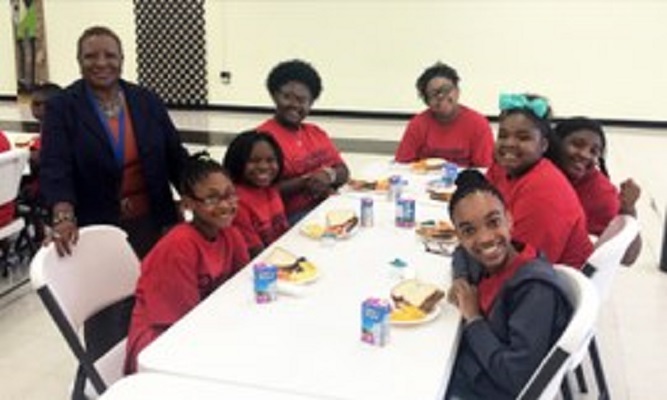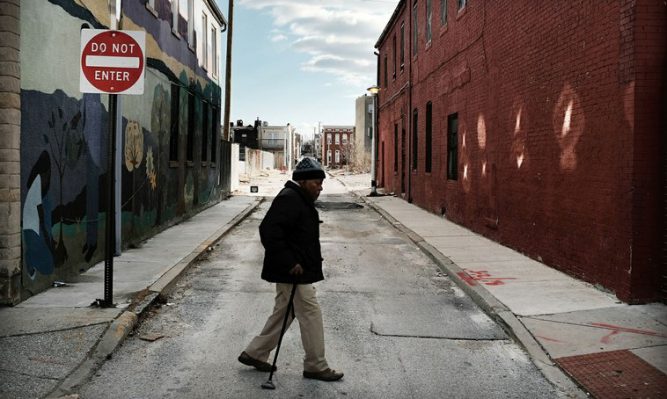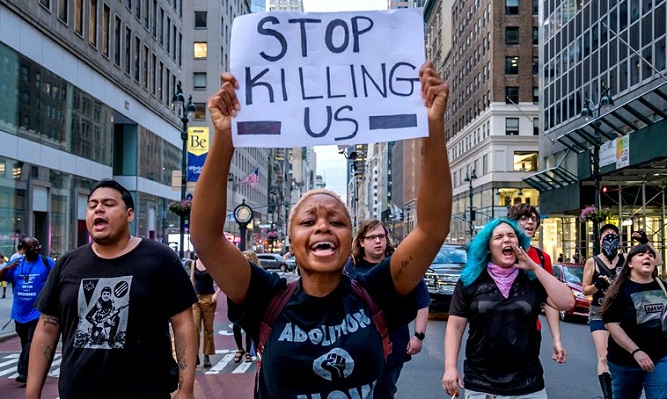Online Communities Are Important Sources Of Support, But They Also Pose Risks For Young People
Aristotle called humans “the social animal,” and people have recognized for centuries that young people need to be in communities to develop into healthy adults. The ongoing pandemic has caused concern about the effects of isolation on children and teenagers’ social and psychological growth.
But while young people today may not be able to gather in person as often as they’d like, they aren’t necessarily isolated. They have long used online communities to explore their identities and conduct their social lives.
They’re involved in anonymous hip-hop discussion forums, ADHD support groups on Facebook, biology class group chats on Instagram and comments sections under popular YouTube videos. There are many of these online communities, and collectively they cover a wide range of subjects. The...

